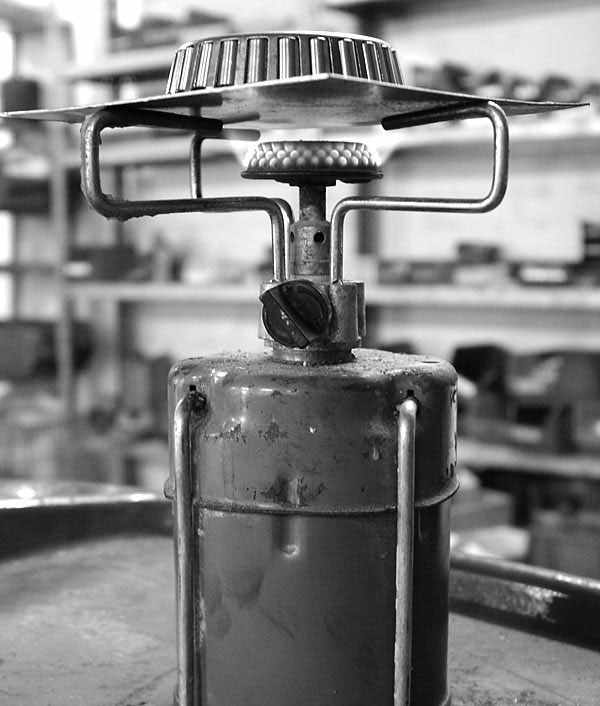Roller bearings are amazingly tough: They carry a car body weighing tons with passengers weighing tens of thousands over hill and dale for hundreds of thousands of kilometers. Without grumbling and with several hundred million revolutions. If the beloved vehicle experiences such astronomical mileages, the bearings may well have to be replaced. Unfortunately, the designer may have shrunk the precision components onto a stub axle or shrunk them into a drum or washer. When shrink-fitting, the bearing must be made cold and the drum hot, and vice versa when shrink-fitting.
While you can’t do much wrong when shrinking with a freezer or ice spray, ball or tapered bearings must be heated for shrinking. The inner ring only expands by the few missing thousandths when it is at the right temperature – the bearing can be pushed loosely over the stub axle.
But how hot? And above all: with what? As always, this depends on the bearing, or more precisely: on the lubricant, the steel, the shields and seals, if present. Too high temperartures makes the grease run out, damages the shields or the cage or even causes structural changes in the steel. In principle, standard bearings in current vehicles can withstand assembly and operating temperatures of up to around 200 °C. There are special high-temperature bearings made of special alloys and with increased internal clearance – but these are not used as wheel bearings.
So to prevent the SKF masterpieces from becoming core scrap during installation, caution is required: Warm them up evenly and, above all, not too warm. The tool of choice is, of course, the adjustable special bearing shrink-fit heating plate for the workshop. Which no one has.
The second choice is the electric plate that you dragged into the garage at some point and the infrared thermometer. While the thermometer is floating around somewhere, nobody has a plate like that.
And the gas flame is one of those things – getting a squeamish bearing to 180 degrees in a controlled manner is like trying to boil an egg in red-hot lava á la minute.
It is therefore much easier to do this with a piece of sheet metal or steel plate placed underneath: This acts as a heat shield and heat conducting plate at the same time. The wheel bearing can be brought up to temperature in accordance with the regulations and the manufacturer’s instructions in this way. Bon appetit!
